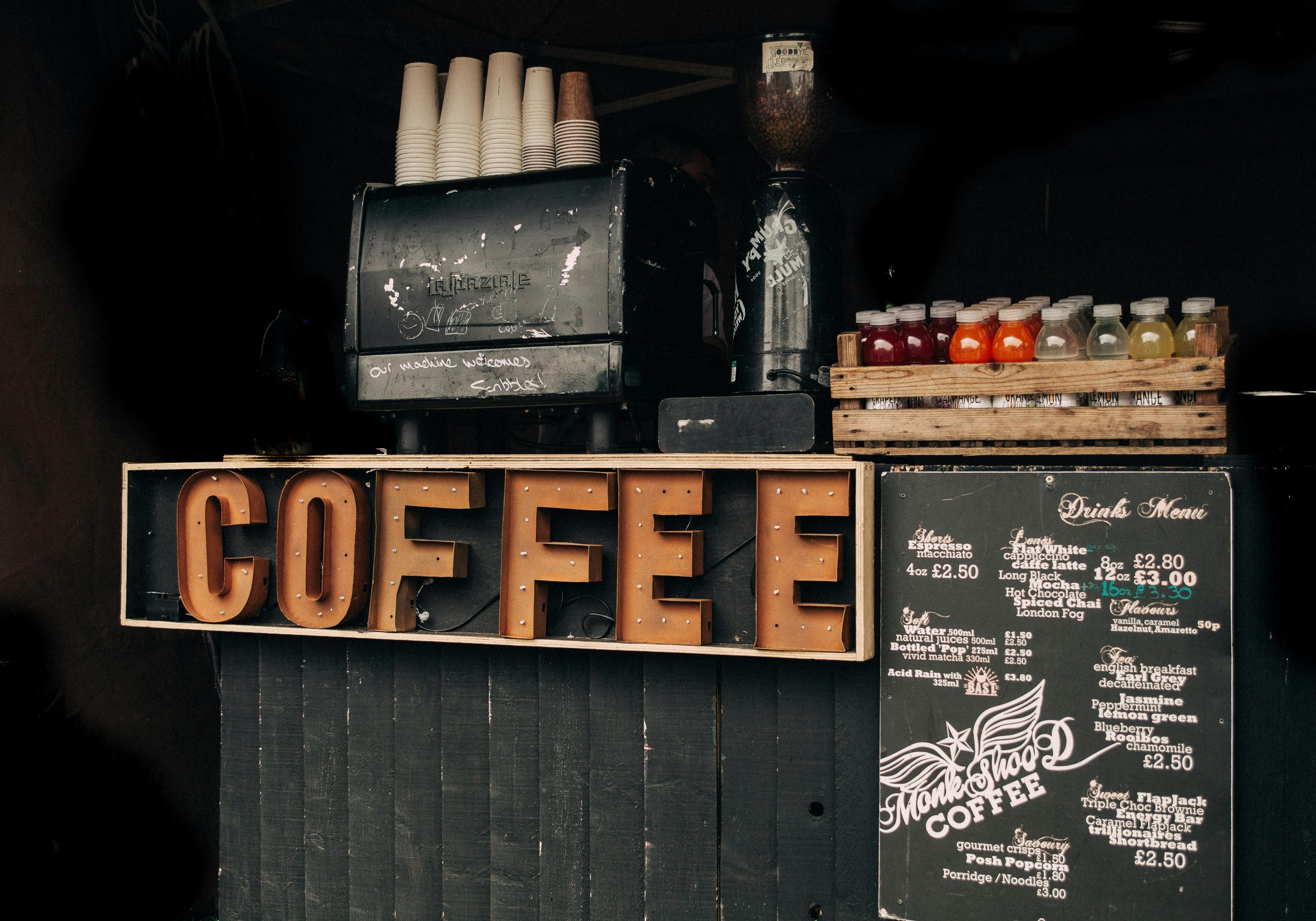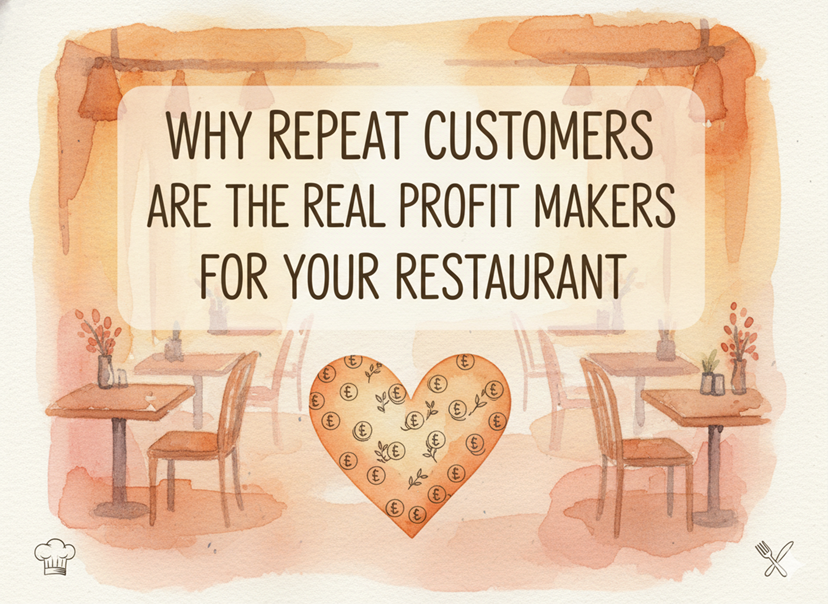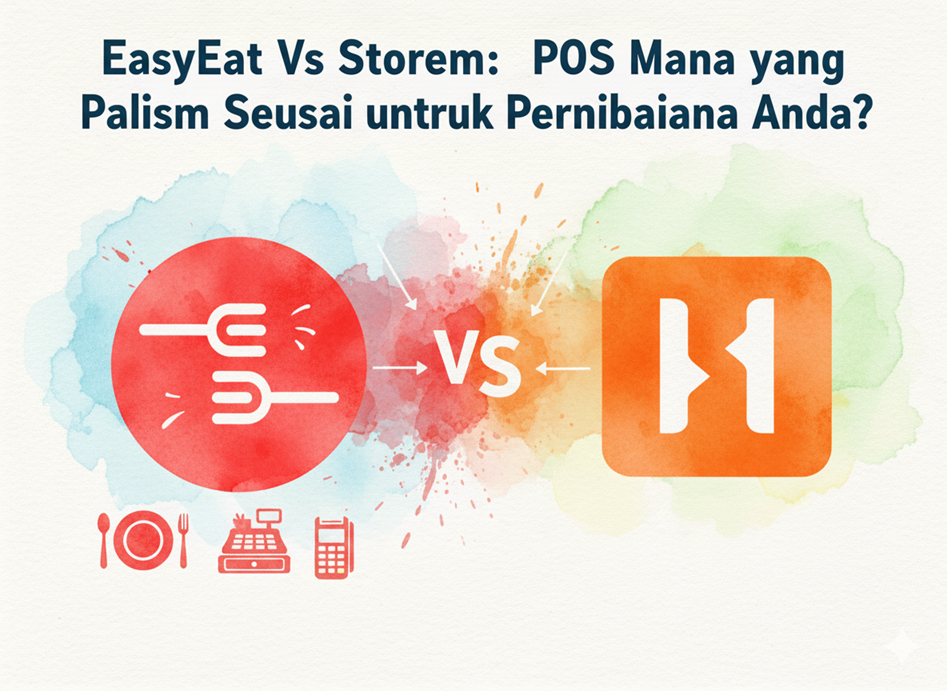Should I include more different types of coffee or stick to the local trends? You might have thought this before creating a menu for your coffee shop.
To create a coffee shop menu all you need to do is include global varieties of coffee, local favorites of coffee, desserts, and snacks in the menu.
Read more to find out about how you can create your own coffee shop menu by understanding all the different types of coffee that are available. You will find out about the locally trending Malaysian coffee flavors that you can add to your menu.
How to Make a Coffee Shop Menu?
You don’t need a long list of coffee drinks to be successful. In fact, too many options can slow down your operations. Instead, focus on the basics first, then gradually introduce more kinds of coffee drinks as you learn what your customers like.
Here in Malaysia, the coffee culture has grown rapidly. According to my observation, there are a mix of people who love their traditional kopi (local coffee) and others who enjoy fancy lattes and frappuccinos. Knowing this can help you tailor your menu to suit both types of customers.
Start with a few classic coffee beverages, like espresso, latte, and cappuccino, and add some local favorites like kopi o (black coffee with sugar). It is a smart move because it makes your menu familiar but also offers some variety of coffee drinks for everyone.
Have some usual Desserts like croissants, muffins and cookies. Apart from this, you can have some savory snacks as well to cater to people who don’t want to eat sweets.
What Are the Different Types of Coffee Drinks?
To be honest, I never understood the meaning of espresso, latte, or mocha. To me all of them were coffee. I used to think for the longest time that they are all the same with just different names. I used to think that it was a marketing technique. But then somebody explained to me the real difference. Here’s a simple list of coffee drinks to get you started:
- Espresso: The base of almost all coffee drinks. A strong, concentrated shot of coffee.
- Latte: Espresso with steamed milk and a small amount of foam. It’s creamy and mild.
- Cappuccino: Similar to a latte but with more foam. Perfect for those who enjoy a lighter, frothier coffee.
- Americano: Espresso with hot water, for those who want a milder coffee without milk.
- Mocha: A mix of espresso, chocolate, and steamed milk. Great for customers who like something sweet.
- Flat White: A coffee with a smaller amount of foam than a latte, giving it a smooth texture.
Including these types of coffee beverages can help you attract a broad range of customers. Each drink serves a specific coffee lover, whether they like their coffee strong and black or milky and sweet. To start easy, you can have a coffee machine that is usually in offices. It can make you easily at least 2-3 coffee types like cappuccino, latte, and espresso.
Tailor the Menu to Malaysian Trends
One of the things that can work best for you is adding Malaysian-style coffee to your menu. Malaysia has a unique coffee culture, and many customers love traditional flavors. Drinks like kopi o, kopi peng (iced coffee), and kopi tarik (pulled coffee with condensed milk) are local favorites.
A recent survey found that 62% of Malaysians prefer iced coffee over hot coffee, especially in the tropical heat. This statistic can make you rethink your offerings and push iced coffee more on the menu.
According to the Specialty Coffee Association, sales of cold brew coffee grew by 20% in Southeast Asia last year, showing that the demand is rising. It’s a good idea to capitalize on this trend. Specialty drinks can be sold at a higher price, improving your profit margins.
Creating a coffee shop menu is all about balancing variety with simplicity. Start with the basics, then introduce more types of coffee beverages as you learn what your customers like. In Malaysia, offering both international and local coffee can help you attract a wider audience.
Don’t forget to include specialty coffee trends like cold brew and nitro coffee to keep things exciting. Finally, make sure your pricing makes sense and that your menu is easy to read. If you follow these steps, you’ll find that your menu becomes one of your best assets for growing your business.




